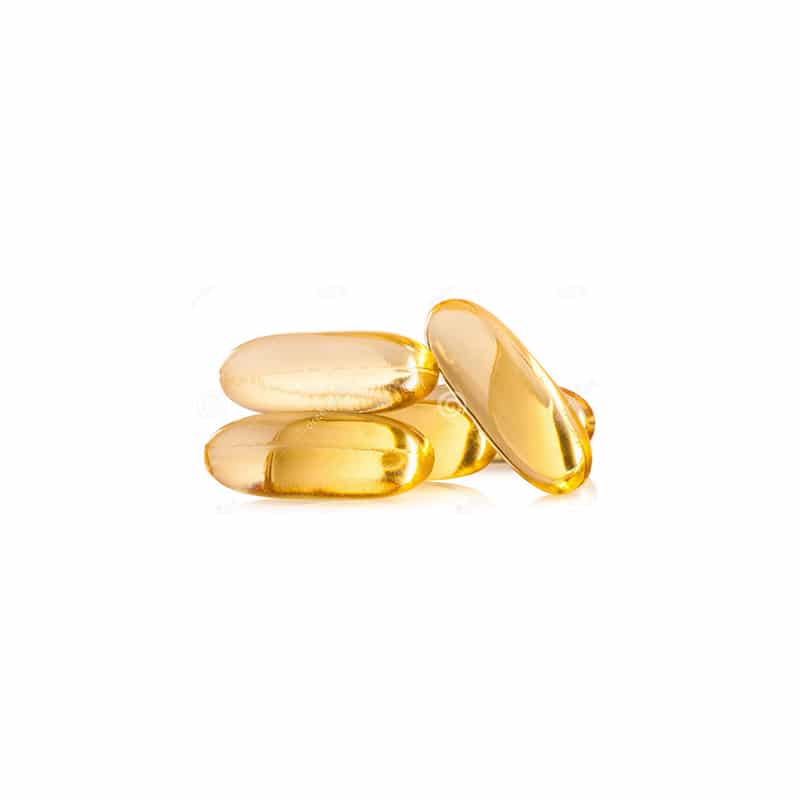Uncategorised
How many amino acids are there?
There are 20 standard amino acids that are commonly found in proteins. These 20 amino acids serve as the building blocks of the diverse range of proteins in the human body and other living organisms. Each amino acid has a unique structure and characteristic side chain, which gives different proteins their specific functions and shapes.
The 20 standard amino acids are as follows:
- Alanine
- Arginine
- Asparagine
- Aspartic acid (Aspartate)
- Cysteine
- Glutamic acid (Glutamate)
- Glutamine
- Glycine
- Histidine
- Isoleucine
- Leucine
- Lysine
- Methionine
- Phenylalanine
- Proline
- Serine
- Threonine
- Tryptophan
- Tyrosine
- Valine
These amino acids can combine in various sequences to form polypeptide chains, which then fold and interact to create functional proteins with diverse roles in the body. Some amino acids are considered essential, meaning the body cannot produce them, and they must be obtained through the diet. Others are non-essential, as the body can synthesize them from other molecules. Having an adequate intake of all essential amino acids is crucial for overall health and proper protein synthesis.


